Business
Fuel Scarcity: At ₦850/ltr Queues Resurface In Lagos; Motorists, Commuters Groan.
Published
8 months agoon
By
Ekwutos Blog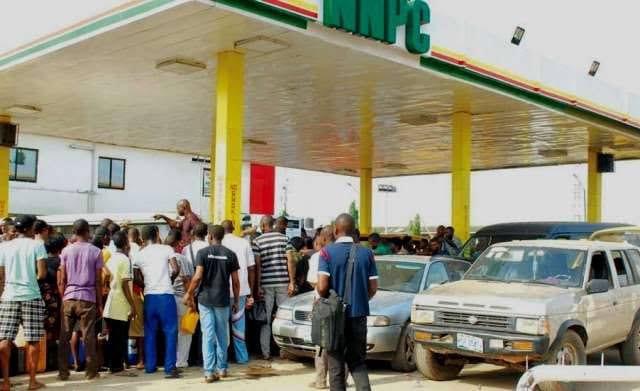
Amid heavy gridlock, motorists and commuters in Lagos lamented over the sudden scarcity of fuel, popularly called petrol.
This has resulted in transport fares increase by commercial bus drivers — danfos and koropes — within the city.
Consequently, fuel queues have resurfaced with most filling stations shut, as motorists struggle with the skyrocketing fuel prices. It has gone as high as N850 in some filling stations.
This is coming barely six days to the commencement of the planned nationwide protest over economic challenges.
By last Friday, yesterday, fuel queues had started to get longer within the metropolis, with few fuel stations dispensing.
N950 per litre
On Saturday, besides Nigeria National Petroleum Corporation, NNPCL Limited Ltd.-branded fuel stations selling at N650 per litre, other independent marketers are selling between N850 to N950.
It was discovered that many filling stations which seemed to have run out of stocks, were seen under lock and key.
Others shut their gates against motorists and other users of petroleum products who were hoping to get some.
With those stations selling the product to buyers, there were long queues as panic buying continued. This resulted in gridlock along the roads where filling stations were dispensing.
Men of the Lagos State Emergency Management Authorities, LASTMA, deployed seemed overwhelmed as they could not effectively contain the high influx of motorists searching for the product.
… enter black marketers
As a result, black marketers have taken advantage of the situation. They were selling the product to desperate motorists at exorbitant rates of up to ₦1,000 to ₦1,400 per litre.
Black market dealers were seen hawking the product at Egbeda, Ikotun, LASU-Iba Road, Ikeja, Agege, among others.
A danfo driver, simply identified Mr.Jude Akpan, who spoke to Vanguard, lamented that he spends twice the usual amount on fuel to fill his vehicle for one trip.
“So he has passed the cost on to passengers.
“I bought N850 per litre from a filling station this morning after several hours in the long queue.
“I bought 20 litres for N17,000, which can hardly take me two trips from Ikotun to Oshodi.”
Investigation showed that Ikotun to Egbeda, which used to be N200, is now N500, while Iyana-Ipaja is N700, depending on the bargaining power of passengers.
Also, vehicle owners and other fuel users lamented the scarcity. They said it could worsen in the coming weeks if authorities did not address the cause of the shortage.

You may like


Pope makes surprise appearance during Mass in St. Peter’s Square


Benue: Over 210 cows killed, stolen in Agatu – Youth group raises alarm
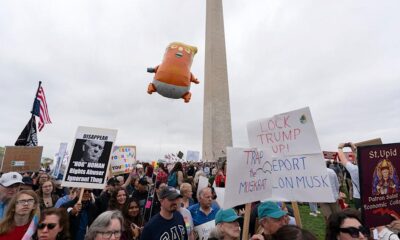

Protesters rally against Trump, Musk in ‘Hands Off!’ gatherings nationwide


Attacks on Plateau communities unacceptable – NSGF


Abia Govt Denies Alleged Engagement Of ESN To Fight Crime, Warns Against Fake News


PRESIDENT TINUBU VOWS SEVERE PUNISHMENT FOR PLATEAU ATTACKERS, COMMISERATES WITH FAMILIES OF VICTIMS
Business
Dangote refinery, NNPC: More fuel stations increase pump price in Nigeria
Published
2 days agoon
April 4, 2025By
Ekwutos Blog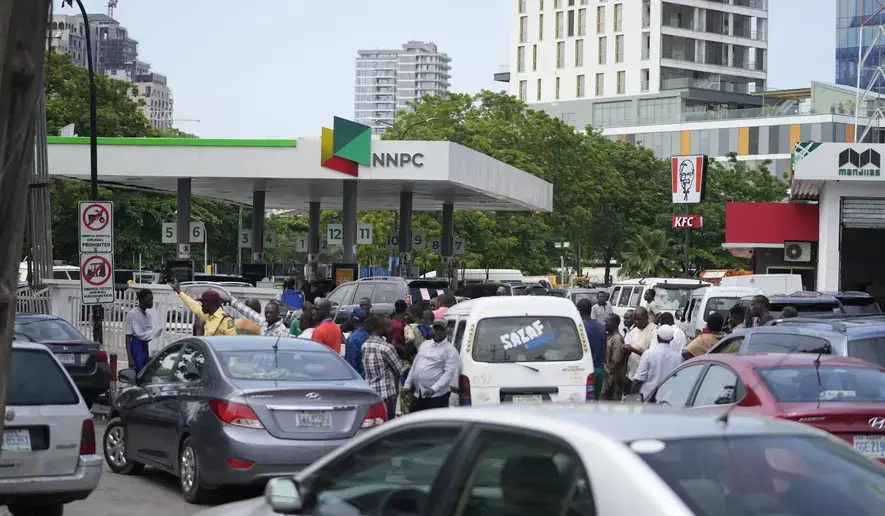
The price of Premium Motor Spirit, popularly known as fuel, has recorded a significant increase in the past days, which may worsen the economic hardship Nigerians face.
MRS, a filling station partner of Dangote Refinery, kicked off the latest fuel price increase when it adjusted its petrol pump to between N925 and N950 per litre in Lagos and the Federal Capital Territory, Abuja.
Similarly, other fuel marketers such as Empire Energy, Recoil, Juda Oil, Total, Emedab, and others also increased their fuel pump to between N950 and N970 per litre.
On Wednesday, the Nigerian National Petroleum Company Limited retail outlets also jacked up their fuel price to N950 per litre from N880 in Abuja.
Summarily, Ekwutosblog observed motorists will have to pay N70 more to buy a litre of petrol in the coming days.
The development comes amid the suspension of petrol product sales in Naira by Dangote Refinery. This follows the initiation of the naira-for-crude sale deal between Dangote Refinery and the federal government through NNPCL.
On Wednesday, President Bola Ahmed Tinubu announced a reshuffling of NNPCL.
Meanwhile, local oil prices are increasing in Nigeria, despite the decline in global crude prices. As of the time of this report, United States West Texas Intermediate was at $62.15 per barrel, down from above $65, while Brent crude stood at $65.42 per barrel, down from $72 last week.
Business
Global Billionaires’ Net Worth Plummets by $65 Billion Amid Market Downturn
Published
3 days agoon
April 4, 2025By
Ekwutos Blog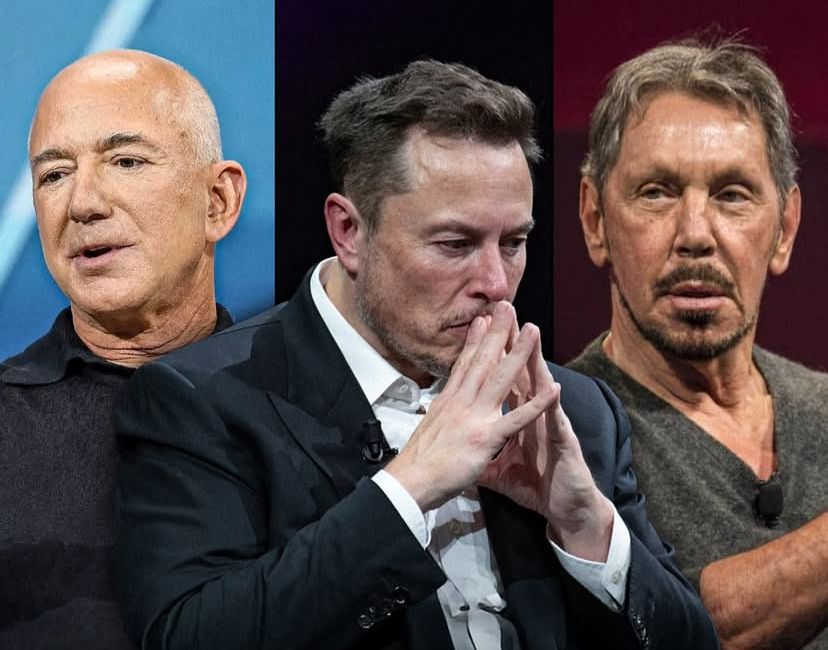
In a significant setback, the world’s wealthiest individuals collectively lost over $65 billion in net worth today, as key market sectors experienced a sharp downturn.
This decline affected prominent figures in technology, finance, and other industries, sending shockwaves through financial markets.
Ekwutosblog reports that the downturn occurs amidst cautious optimism that new US policies may not be as severe as initially feared.
However, the immediate impact has already been felt, leading to a decline in the net worth of billionaires such as Elon Musk, Warren Buffett, and Jeff Bezos, amongst others who have significant stakes in tech, finance, and other industries.
The global billionaire population has been growing, with over 2,850 individuals representing almost $15 trillion in wealth.
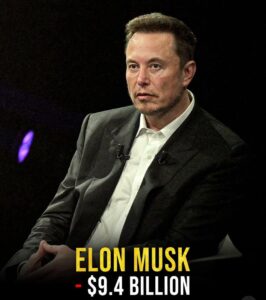

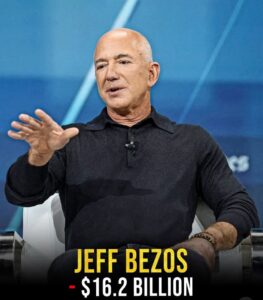
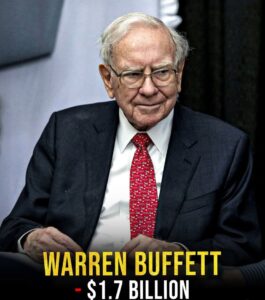
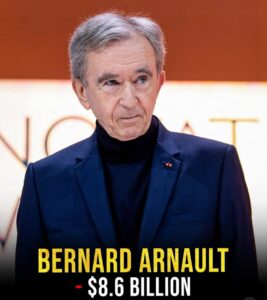
Despite this growth, the market downturn serves as a reminder of the volatility and risks associated with wealth concentration.
Business
Sterling Bank Makes History: Scraps Transfer Fees for Local Online Transactions, Earns Praise from Lawmakers, Including Mohammed Bello El-Rufai, and the Public
Published
3 days agoon
April 3, 2025By
Ekwutos Blog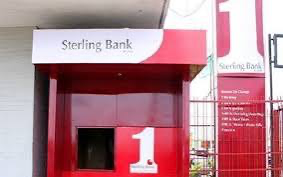
Sterling Bank has taken a groundbreaking step to ease the financial burden on Nigerians by eliminating transfer fees and other charges for local online transactions.
This move is a significant stride towards financial inclusion and customer-centric banking, particularly during a time when economic pressures are high.
Ekwutosblog gathered that this initiative has been commended by Mohammed Bello El-Rufai, Chairman of the House Committee on Banking Regulations, who praised Sterling Bank’s commitment to creating a more accessible and equitable banking system.
El-Rufai encouraged other financial institutions to follow Sterling Bank’s example, emphasizing that a competitive banking sector prioritizing Nigerians’ interests will strengthen the economy and rebuild public trust in financial services.
Sterling Bank’s decision to scrap transfer fees is expected to benefit individuals and small business owners who frequently make online transactions. The bank’s customers can now perform local transfers via the mobile app without incurring any charges. Obinna Ukachukwu, Growth Executive at Sterling Bank, stated that access to one’s own money shouldn’t come with a penalty, highlighting the bank’s values-driven approach to customer-centric banking.
This move has sparked widespread public approval, with many calling on other banks to adopt similar policies.
As policymakers, El-Rufai reiterated their commitment to fostering a regulatory environment that encourages pro-customer initiatives while ensuring sustainability within the banking sector.

Peter Obi Is weak and Spineless , That’s why he couldn’t field any candidate for the November Anambra Election – Noble Eyisi (Former Unizik President

Plateau killings barbaric – CAN demands justice for victims

Rights group condemns killings in Plateau, calls for govt intervention
Trending

 Trending6 months ago
Trending6 months agoNYA demands release of ‘abducted’ Imo chairman, preaches good governance
- Business6 months ago
US court acquits Air Peace boss, slams Mayfield $4000 fine

 Politics6 months ago
Politics6 months agoMexico’s new president causes concern just weeks before the US elections
- Entertainment6 months ago
Bobrisky transferred from Immigration to FCID, spends night behind bars
- Entertainment6 months ago
Bobrisky falls ill in police custody, rushed to hospital
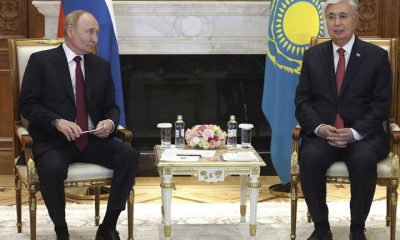
 Politics6 months ago
Politics6 months agoRussia bans imports of agro-products from Kazakhstan after refusal to join BRICS
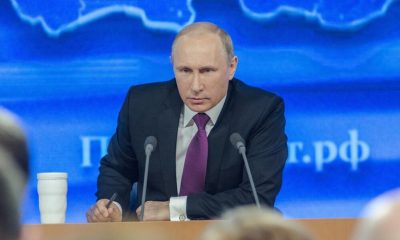
 Politics6 months ago
Politics6 months agoPutin invites 20 world leaders
- Politics1 year ago
Nigerian Senate passes Bill seeking the establishment of the South East Development Commission.
